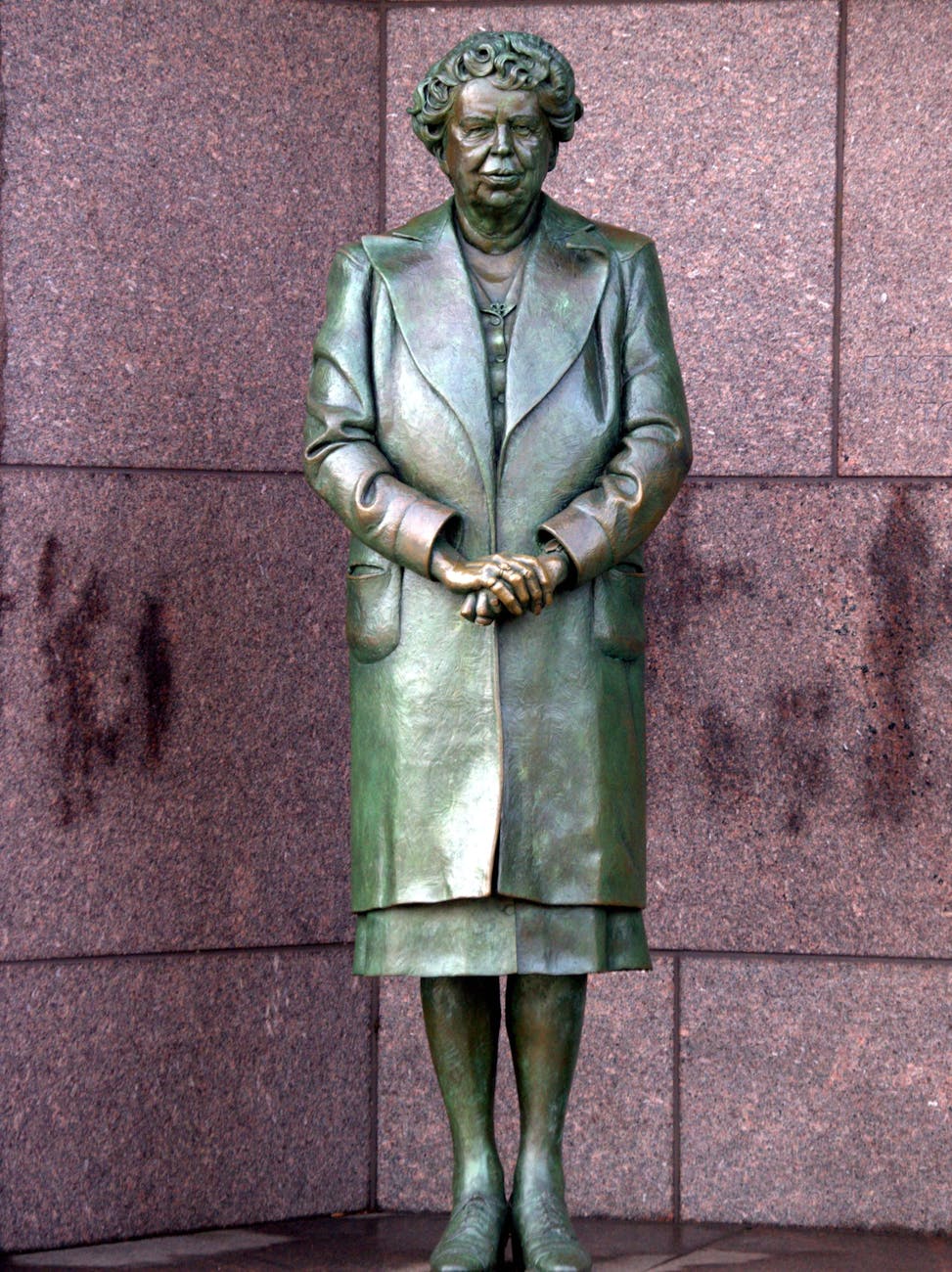The Helsinki Gamble: Can Trump’s Dealmaking Prowess Navigate the Minefield of a Putin Summit?
As the world watches the US President meet his Russian counterpart, the stakes are immense, with potential shifts in global security and a fundamental test of Trump’s unconventional diplomatic style.
The highly anticipated summit between US President Donald Trump and Russian President Vladimir Putin in Helsinki is more than just a high-stakes meeting; it’s a dramatic unfolding of geopolitical theatre. For Trump, a president who has consistently championed his ability as a “dealmaker,” this encounter represents perhaps the ultimate test of that very claim. Can he forge a meaningful agreement with a leader often viewed as an adversary, or will the summit deepen existing fissures and sow further global uncertainty? The outcome in Helsinki will undoubtedly cast a long shadow over international relations, with implications reaching far beyond the picturesque Finnish capital.
The meeting is occurring at a pivotal moment. The relationship between the United States and Russia has been strained for years, marked by allegations of Russian interference in US elections, ongoing conflict in Syria, and persistent disagreements over Ukraine and international security frameworks. Trump’s approach to foreign policy has often been characterized by a willingness to challenge established norms and seek direct, personal engagement with adversaries, a stark departure from the more traditional, multilateral diplomatic strategies favored by many of his predecessors. This summit, therefore, is not just about specific policy outcomes; it’s a referendum on Trump’s entire approach to foreign policy and his capacity to navigate complex, ideologically charged relationships.
Beyond the immediate focus on the US-Russia dynamic, the global economic landscape is also subtly shifting, with ripple effects from this summit potentially touching various sectors. For instance, the recent news that Berkshire Hathaway has resumed sales of Apple shares, while seemingly unrelated, underscores the broader climate of economic flux. Similarly, China’s stern warnings against hoarding rare earths highlight the underlying tensions in global supply chains and resource management, areas where US-Russia relations can also have an indirect impact. While these economic threads might appear tangential, they paint a picture of a world where alliances and trade dynamics are increasingly fluid, making the stability or instability stemming from this presidential meeting all the more significant.
This long-form article delves into the intricate layers of the Helsinki summit, examining its historical context, analyzing the potential benefits and drawbacks, and exploring the broader implications for global security and diplomacy. We will assess the unique challenges Trump faces and the opportunities that lie before him, ultimately aiming to provide a comprehensive understanding of why this meeting is a critical juncture in contemporary international affairs.
Context & Background
The path to the Helsinki summit has been a long and often contentious one. Relations between the United States and Russia have been in a deep freeze for several years, exacerbated by a series of events that have eroded trust and heightened tensions. The annexation of Crimea by Russia in 2014, its involvement in the conflict in eastern Ukraine, and subsequent sanctions imposed by the US and its allies marked a significant deterioration in diplomatic ties.
Furthermore, US intelligence agencies have concluded with high confidence that Russia engaged in systematic efforts to interfere in the 2016 US presidential election. These findings, coupled with ongoing concerns about Russia’s cyber warfare capabilities and its broader geopolitical ambitions, have created a deep well of suspicion and mistrust within the US political establishment. Many in Washington viewed Russia as an adversary seeking to undermine Western democratic institutions and global stability.
President Trump, however, has consistently expressed a different perspective. From his campaign rhetoric to his presidential tenure, he has often spoken of the need to improve relations with Russia and suggested that better ties would be beneficial for both countries and the world. He has frequently praised Putin, even in the face of intelligence assessments and public criticism, and has shown a remarkable willingness to engage directly with the Russian leader, often bypassing traditional diplomatic channels and the advice of seasoned foreign policy experts.
This personalistic approach to diplomacy is a hallmark of Trump’s presidency. Unlike previous US administrations that relied heavily on established alliances and multilateral institutions to advance American interests, Trump has often favored bilateral deals and direct, often unpredictable, negotiations. He views himself as an exceptional “dealmaker,” capable of striking agreements that others cannot, and he has often suggested that a personal rapport with world leaders, including adversaries, is the key to unlocking diplomatic breakthroughs.
The Helsinki summit is the culmination of this approach. It follows several informal encounters between Trump and Putin, including at international gatherings like the G20 summit. However, this is the first formal, one-on-one meeting dedicated solely to discussing the complex bilateral relationship and a range of pressing global issues. The agenda is reportedly broad, encompassing everything from arms control and nuclear proliferation to regional conflicts like Syria and the ongoing tensions surrounding Ukraine. There is also the unspoken backdrop of domestic political pressure on Trump, with the ongoing investigation into Russian interference in the 2016 election casting a persistent shadow over his presidency and his interactions with Moscow.
The choice of Helsinki as the venue is also significant. The Finnish capital has a history of hosting high-profile diplomatic meetings, including the 1975 Helsinki Accords, a landmark agreement that aimed to improve relations between the West and the Soviet Union during the Cold War. This historical resonance adds another layer of expectation to the current summit, with some hoping for a similar détente, while others caution against overly optimistic comparisons.
The global context adds further complexity. Beyond the immediate US-Russia bilateral issues, the summit takes place against a backdrop of rising global tensions, including trade disputes, the re-emergence of great power competition, and the erosion of international norms. The economic landscape, as hinted at by news like Berkshire Hathaway’s adjustments to its Apple holdings and China’s warnings on rare earths, suggests a world where economic security and resource management are increasingly becoming strategic imperatives, areas where cooperation or conflict between major powers can have profound ripple effects.
In-Depth Analysis
The Helsinki summit presents a multifaceted challenge for President Trump, testing not only his diplomatic acumen but also the very foundations of US foreign policy. The opportunity for a genuine thaw in US-Russia relations exists, but so does the peril of miscalculation and the potential for further alienation of allies.
The “Dealmaker” Persona: Trump’s core foreign policy brand is his self-proclaimed ability to make deals. He believes that by meeting directly with leaders, cutting through bureaucracy, and focusing on tangible outcomes, he can achieve breakthroughs that traditional diplomacy often fails to deliver. For Putin, this approach is likely to be seen as an opening. Putin is a seasoned negotiator who understands power dynamics and personal leverage. He may see Trump’s eagerness for a deal as a weakness to exploit, or conversely, as a genuine opportunity to reshape the global order in Russia’s favor.
Key Areas of Discussion and Potential Outcomes:
- Arms Control and Nuclear Security: This is an area where tangible progress could theoretically be made. Both countries possess vast nuclear arsenals, and the existing arms control architecture is fraying. A renewed commitment to existing treaties or the negotiation of new agreements could be a significant achievement. However, deep-seated mistrust and differing strategic interests make this a challenging area.
- Syria: Russia plays a dominant role in Syria, supporting the Assad regime. The US has its own objectives, including countering terrorism and preventing Iranian influence. Finding common ground or establishing clearer lines of communication on Syria could de-escalate tensions, but a comprehensive resolution remains elusive given the complex web of actors involved.
- Ukraine: The ongoing conflict in eastern Ukraine and Russia’s annexation of Crimea remain major sticking points. Trump has shown a willingness to question the severity of Russian actions and the extent of US commitment to Ukraine, which has alarmed many European allies. Any perceived softening of the US stance on Ukraine would be a major victory for Moscow and a blow to Kyiv and its Western supporters.
- Election Interference and Cyber Security: This is a highly sensitive issue for the US. Trump may seek assurances from Putin that Russia will not interfere in future US elections, but verifiable assurances are difficult to obtain. A frank discussion on cyber norms and accountability is crucial but unlikely to yield immediate, concrete results.
- Economic Relations: While not a primary focus, discussions could touch upon sanctions, trade, and investment. Russia’s economy is heavily reliant on oil and gas, and its integration into global markets is impacted by sanctions. Any loosening of sanctions would be a significant win for Russia.
The Role of Allies: A critical aspect of the summit’s success or failure will be how it impacts US relationships with its European allies, particularly NATO members. Many of these allies are deeply concerned about Russian aggression and have relied on US leadership for their security. If Trump appears to concede too much to Putin or to disregard the concerns of allies, it could severely damage transatlantic relations and weaken the NATO alliance. Conversely, if Trump can leverage a personal understanding with Putin to achieve verifiable concessions that enhance European security, it could be a diplomatic triumph. However, the optics and substance of the summit will be closely scrutinized by these allies.
Domestic Political Ramifications: The summit is inextricably linked to US domestic politics. The ongoing investigation into Russian interference in the 2016 election means that any perceived concessions to Russia by Trump will be met with intense scrutiny and criticism from political opponents and the media. Conversely, any significant diplomatic win could be used by Trump to bolster his image as a strong leader capable of making deals that others cannot.
The Information Warfare Dimension: It’s important to acknowledge that both leaders operate within complex information environments. Putin’s government is adept at using state-controlled media and social media to shape narratives and project strength. Trump, likewise, uses his own communication channels, often Twitter, to bypass traditional media and directly engage with his base. The summit itself will be a battleground for public opinion, with each side seeking to frame the outcomes to their advantage.
Pros and Cons
The Helsinki summit, like any significant diplomatic engagement, carries both potential benefits and considerable risks. Analyzing these can help to understand the stakes involved.
Potential Pros:
- De-escalation of Tensions: A direct dialogue between the leaders could lead to a reduction in immediate tensions and a clearer understanding of each other’s red lines, potentially preventing accidental escalation.
- Arms Control Advancements: The summit could provide an opportunity to discuss the future of nuclear arms control, potentially leading to agreements that reduce the risk of nuclear conflict.
- Cooperation on Shared Threats: On issues like counter-terrorism or the denuclearization of the Korean Peninsula, there might be limited scope for cooperation, which could be explored.
- Improved Communication Channels: Even if major breakthroughs are not achieved, establishing and maintaining open lines of communication between the leaders is crucial for managing complex relationships and avoiding misunderstandings.
- President Trump’s “Dealmaking” Success: If Trump can achieve tangible concessions from Russia that benefit US interests and global stability, it would validate his unconventional approach and strengthen his standing as a negotiator.
Potential Cons:
- Legitimizing Russian Actions: Meeting with Putin without significant prior concessions or a strong public condemnation of Russian transgressions could be interpreted as legitimizing Russia’s actions, particularly regarding Ukraine and election interference.
- Alienating Allies: Perceived concessions to Russia, especially on issues affecting European security, could deeply damage transatlantic relations and weaken NATO.
- Lack of Verifiable Outcomes: Summits can often result in vague statements of intent rather than concrete, verifiable agreements, leaving little room for accountability.
- Misinterpreting Intentions: The personalistic nature of Trump’s diplomacy means that misunderstandings or misinterpretations of intentions could have severe consequences.
- Domestic Political Backlash: Any outcome that is perceived as weak or overly accommodating to Russia could lead to significant domestic criticism and political fallout for President Trump.
- Reinforcing Authoritarianism: Engaging with authoritarian leaders on their terms can sometimes inadvertently strengthen their positions domestically and internationally by lending them a degree of legitimacy they might not otherwise possess.
Key Takeaways
- President Donald Trump’s summit with Vladimir Putin in Helsinki is a high-stakes diplomatic event testing Trump’s self-proclaimed “dealmaker” abilities.
- US-Russia relations have been severely strained by issues including Russian interference in US elections, the conflict in Ukraine, and broader geopolitical disagreements.
- Trump’s foreign policy approach emphasizes direct, personal engagement and bilateral deals, often diverging from traditional diplomatic methods and alienating some allies.
- Key agenda items are expected to include arms control, the conflict in Syria, election interference, and potentially economic relations, with varying degrees of potential for progress.
- The summit’s outcome will significantly impact transatlantic relations, especially with NATO allies who are wary of Russian assertiveness.
- Domestic political pressures in the US, particularly related to investigations into Russian interference, will cast a shadow over the summit and its perceived outcomes.
- There is a delicate balance between the potential for de-escalation and cooperation versus the risks of legitimizing Russian actions, alienating allies, and achieving only vague agreements.
Future Outlook
The future outlook following the Helsinki summit hinges on the specific agreements, or lack thereof, reached between Presidents Trump and Putin. If the summit yields concrete, verifiable steps towards de-escalation or arms control, it could signal a new, albeit cautious, era of engagement. This might involve improved communication channels, a more stable framework for strategic stability talks, or even a limited reduction in tensions in specific conflict zones.
However, a more likely scenario, given the deep-seated mistrust and divergent interests, is that the summit will result in a mixed bag of outcomes. There might be agreements on process, such as continued dialogue on arms control, but few substantive breakthroughs on the most contentious issues like Ukraine. The real impact could be felt in how the summit alters perceptions and future policy directions.
For President Trump, the summit’s outcome will be judged by his domestic audience and the international community. A perceived success could embolden his approach, while a failure could be used by critics to further question his foreign policy judgment. For Russia, regardless of the specific outcomes, the mere fact of a high-profile summit with the US President, especially one where Trump appears to engage on Putin’s terms, can be framed as a diplomatic victory, bolstering Putin’s image both domestically and internationally.
The broader geopolitical landscape will continue to be shaped by this relationship. A thawing or further deterioration between the US and Russia will have ripple effects on other global issues, from counter-terrorism efforts to economic stability. The global order, already in flux, will likely see further adjustments as powers recalibrate their alliances and strategies in response to the evolving US-Russia dynamic. The subtle shifts in economic indicators, like Berkshire Hathaway’s investment decisions or China’s resource management policies, are part of this larger, interconnected web of global affairs, where major power relations play a significant role.
Ultimately, the future outlook is one of continued uncertainty. The Helsinki summit is a single event, and its long-term significance will depend on the follow-through and the broader geopolitical context. It is a moment of potential pivot, but the direction of that pivot remains to be seen. The world will be watching closely to see if this meeting marks a genuine attempt at détente or simply another chapter in the ongoing saga of a complex and often fraught relationship.
Call to Action
The Helsinki summit is not merely a news event to be observed; it is a critical juncture that demands informed engagement from citizens and policymakers alike. As the world grapples with the implications of this high-stakes meeting, understanding the nuances, potential consequences, and the broader geopolitical context is paramount. Readers are encouraged to:
- Stay Informed: Seek out diverse and credible news sources to gain a comprehensive understanding of the summit’s proceedings and outcomes. Avoid relying on single narratives or echo chambers.
- Engage in Civil Discourse: Discuss the implications of the summit with friends, family, and colleagues, fostering a culture of informed debate and critical thinking on foreign policy issues.
- Contact Representatives: For those in democratic societies, consider reaching out to elected officials to express views on US foreign policy towards Russia and the importance of allied cooperation.
- Support Independent Journalism: Recognize the vital role of investigative and analytical journalism in holding power accountable and providing essential context for complex global events.
The decisions made and the dialogue held in Helsinki have the potential to shape the global landscape for years to come. By staying informed and engaged, we can all contribute to a more nuanced understanding of these critical developments and advocate for policies that promote stability, security, and international cooperation.









